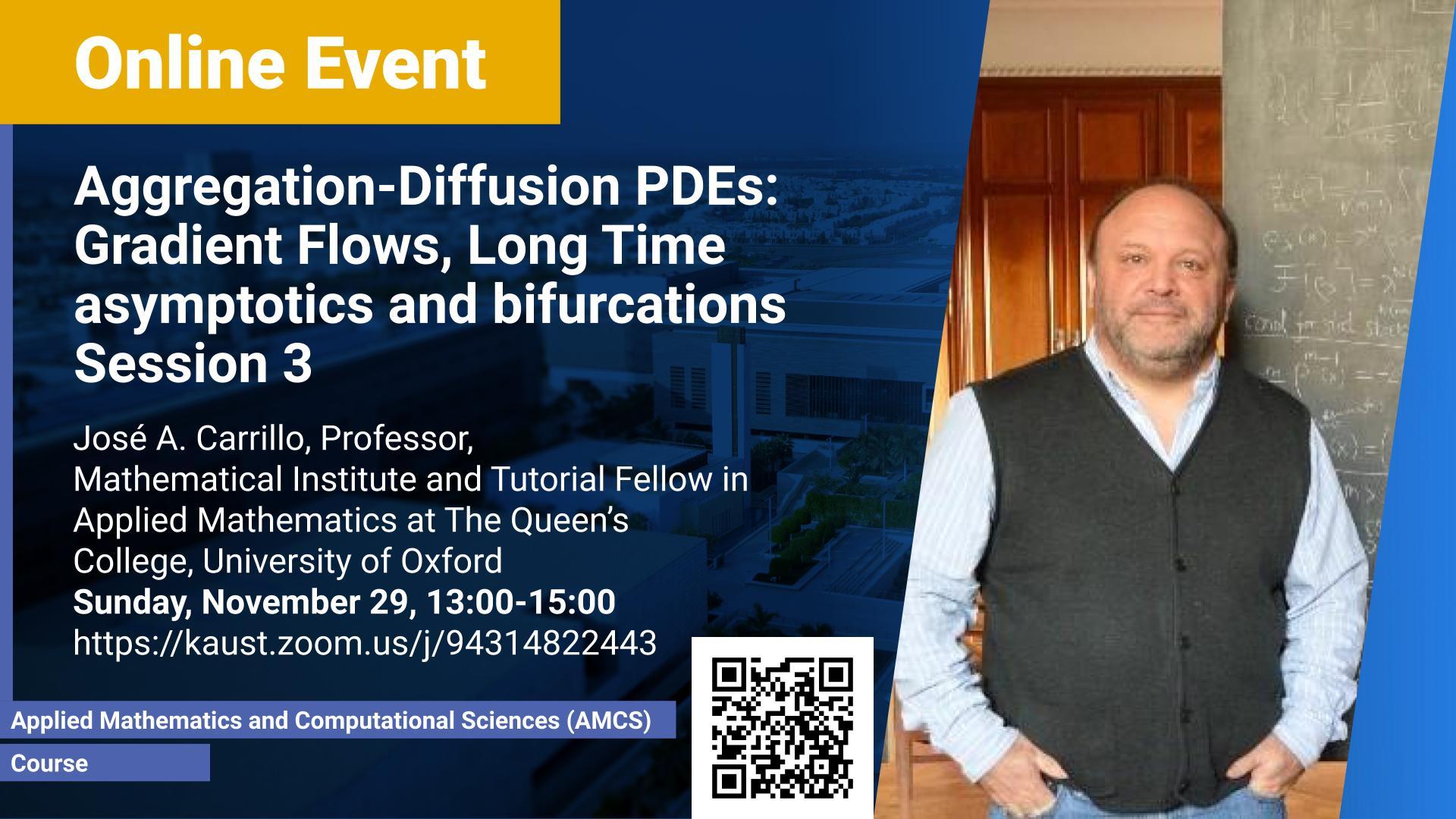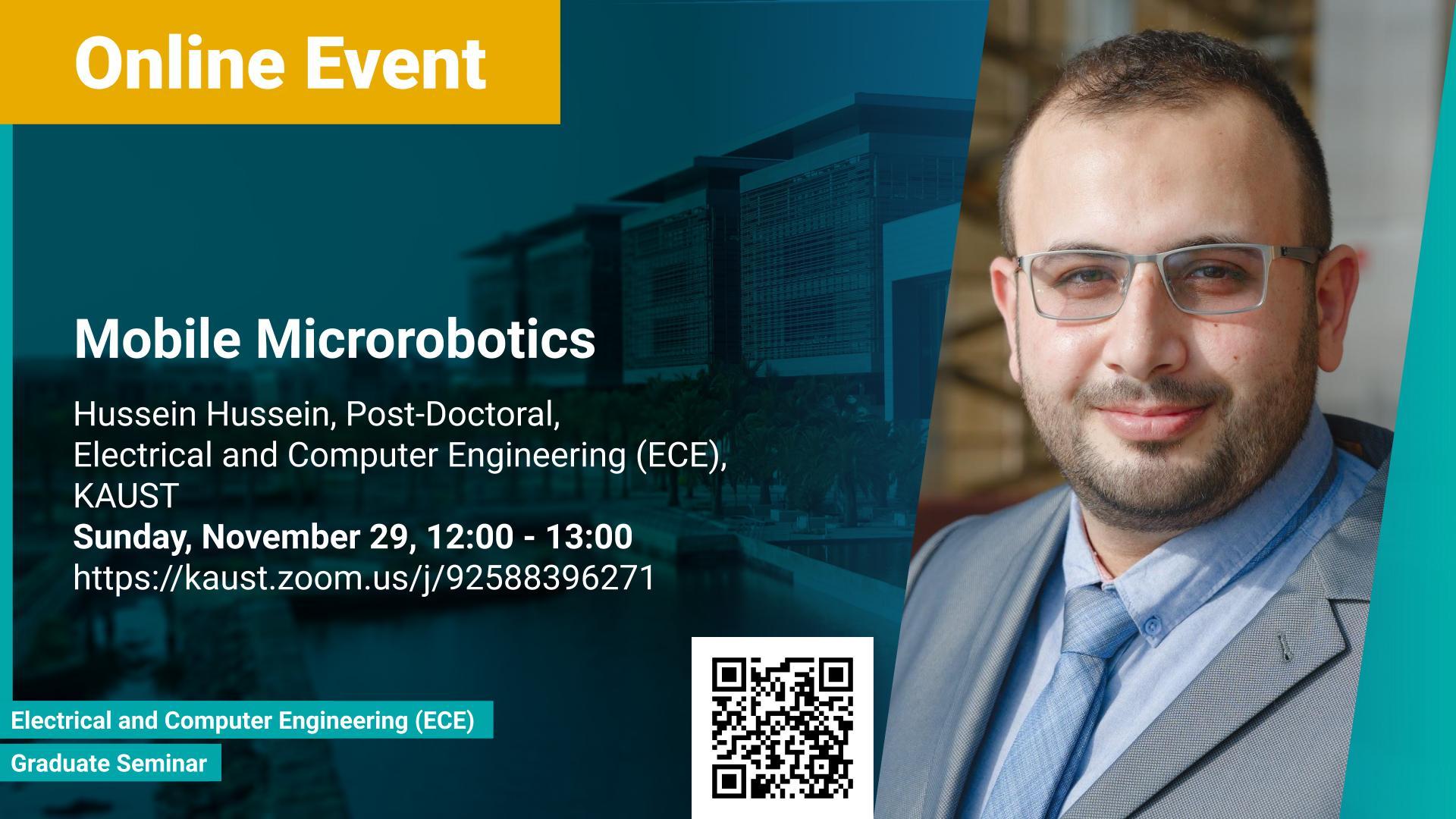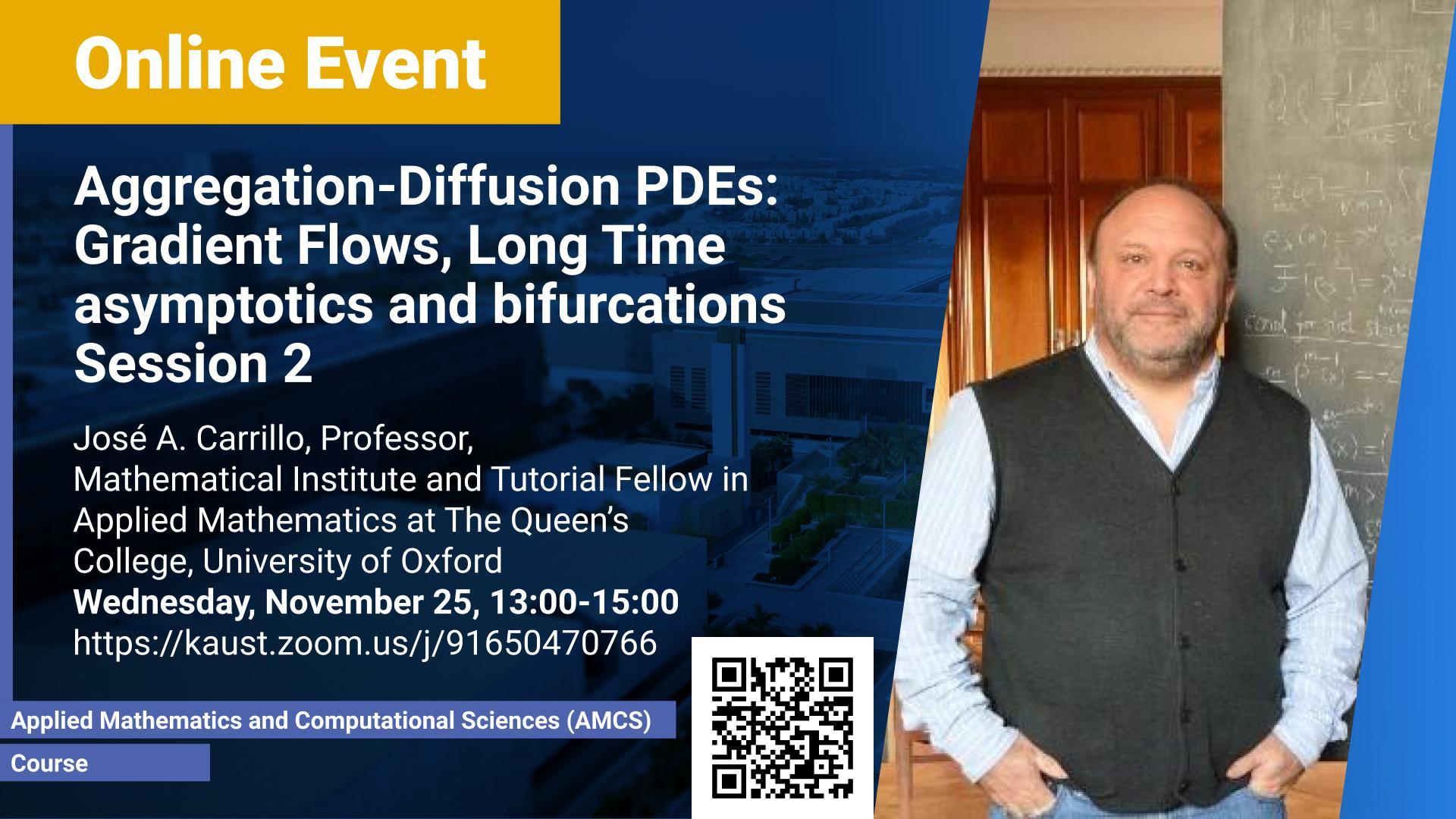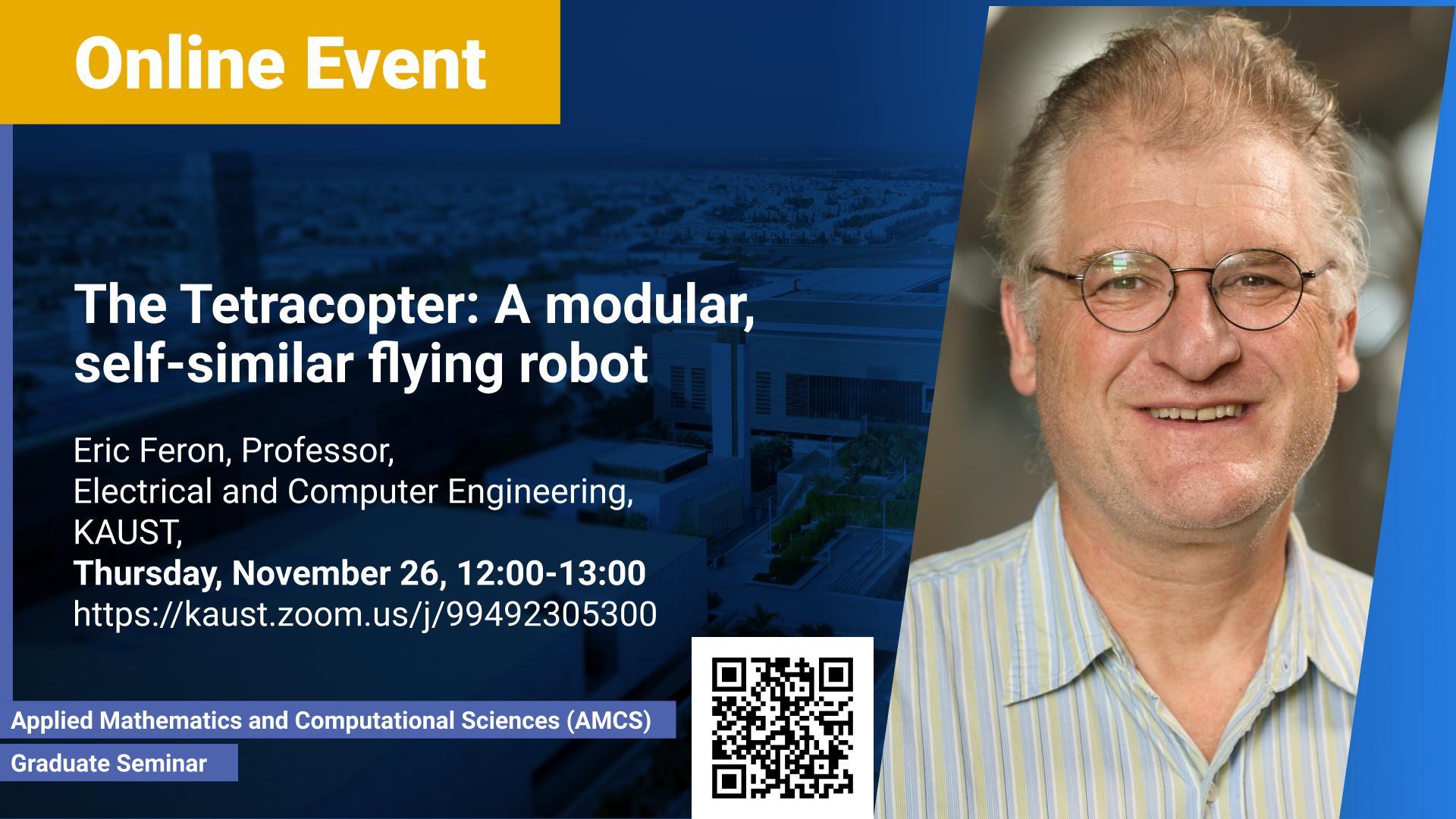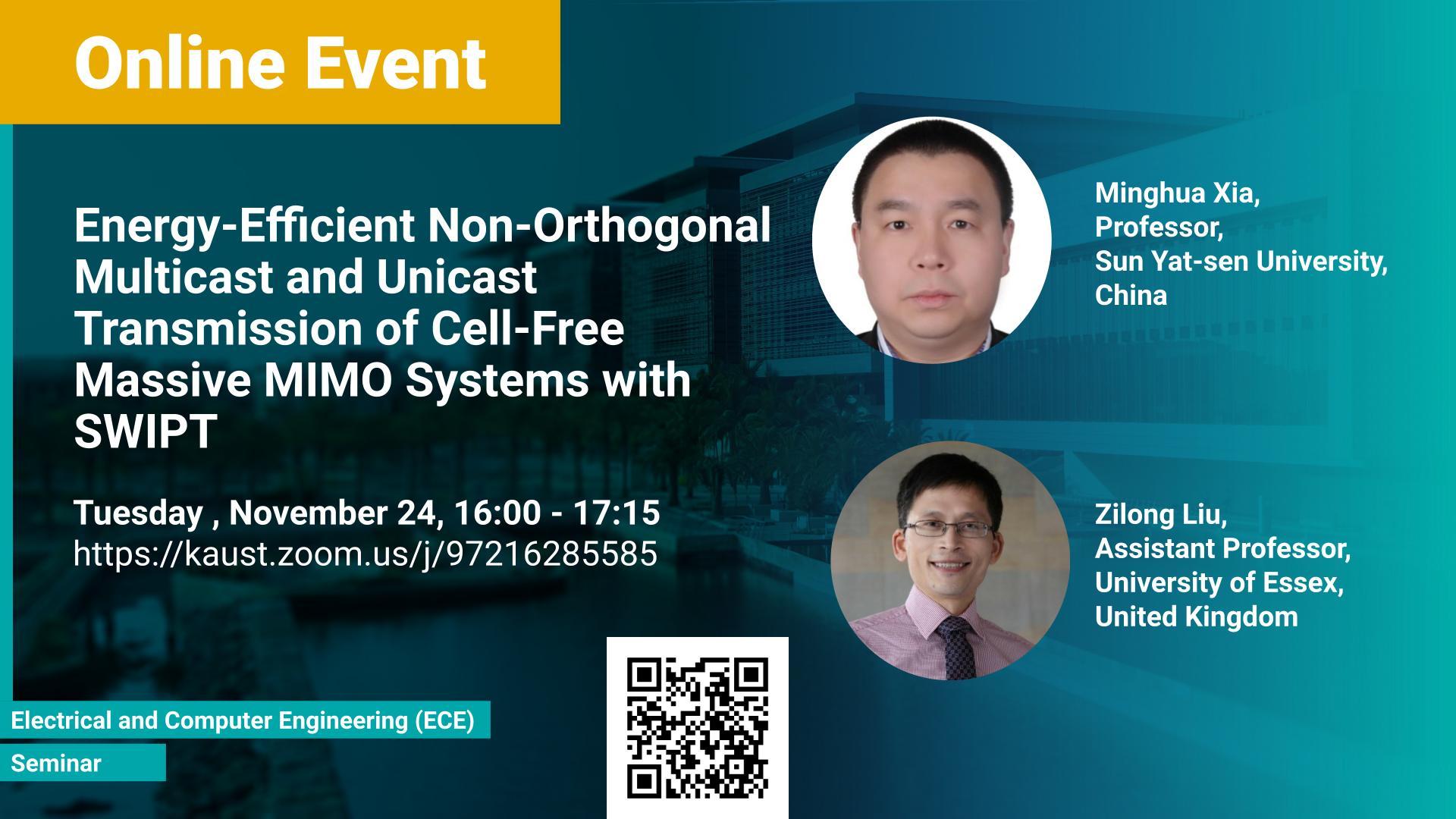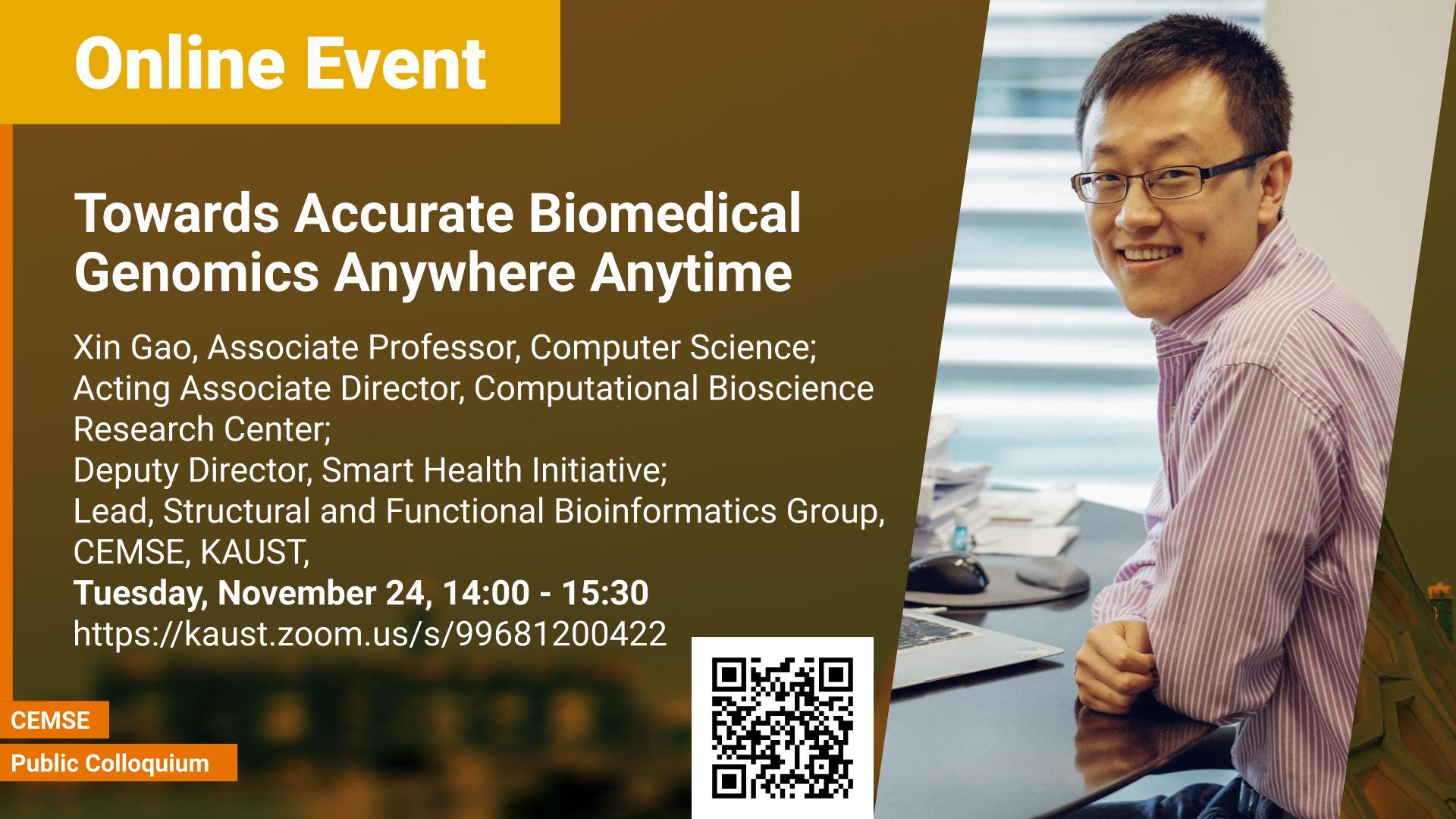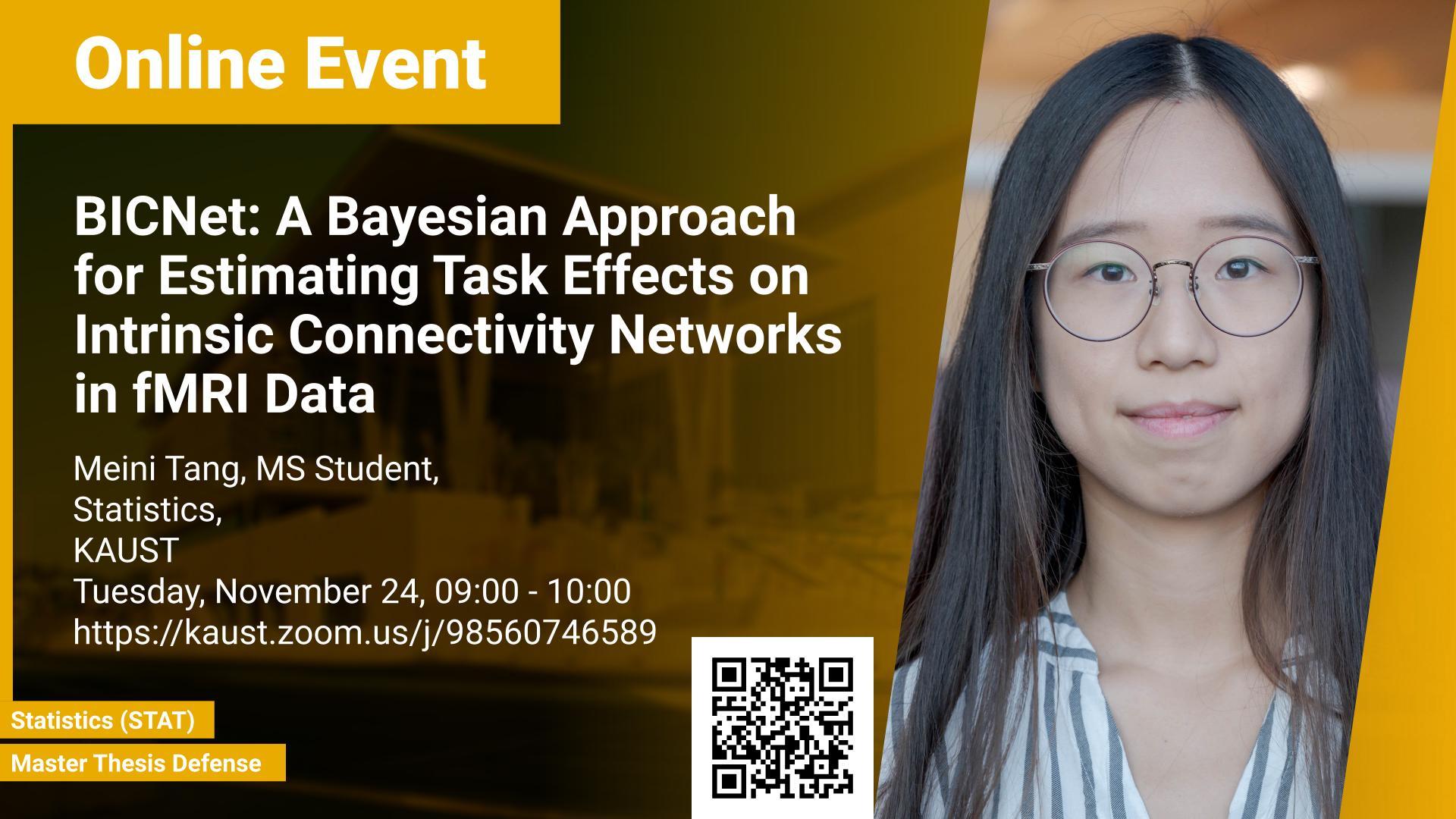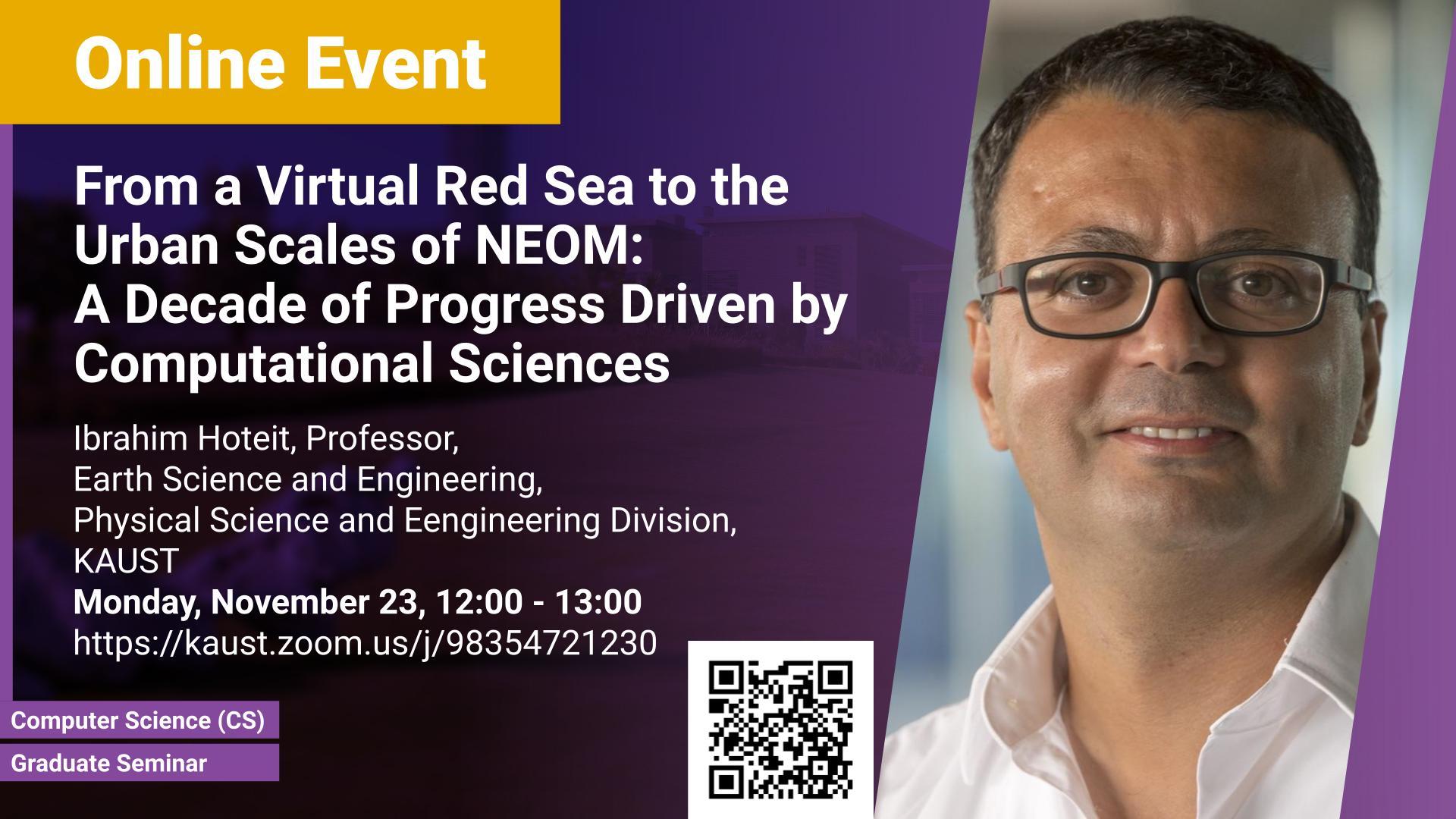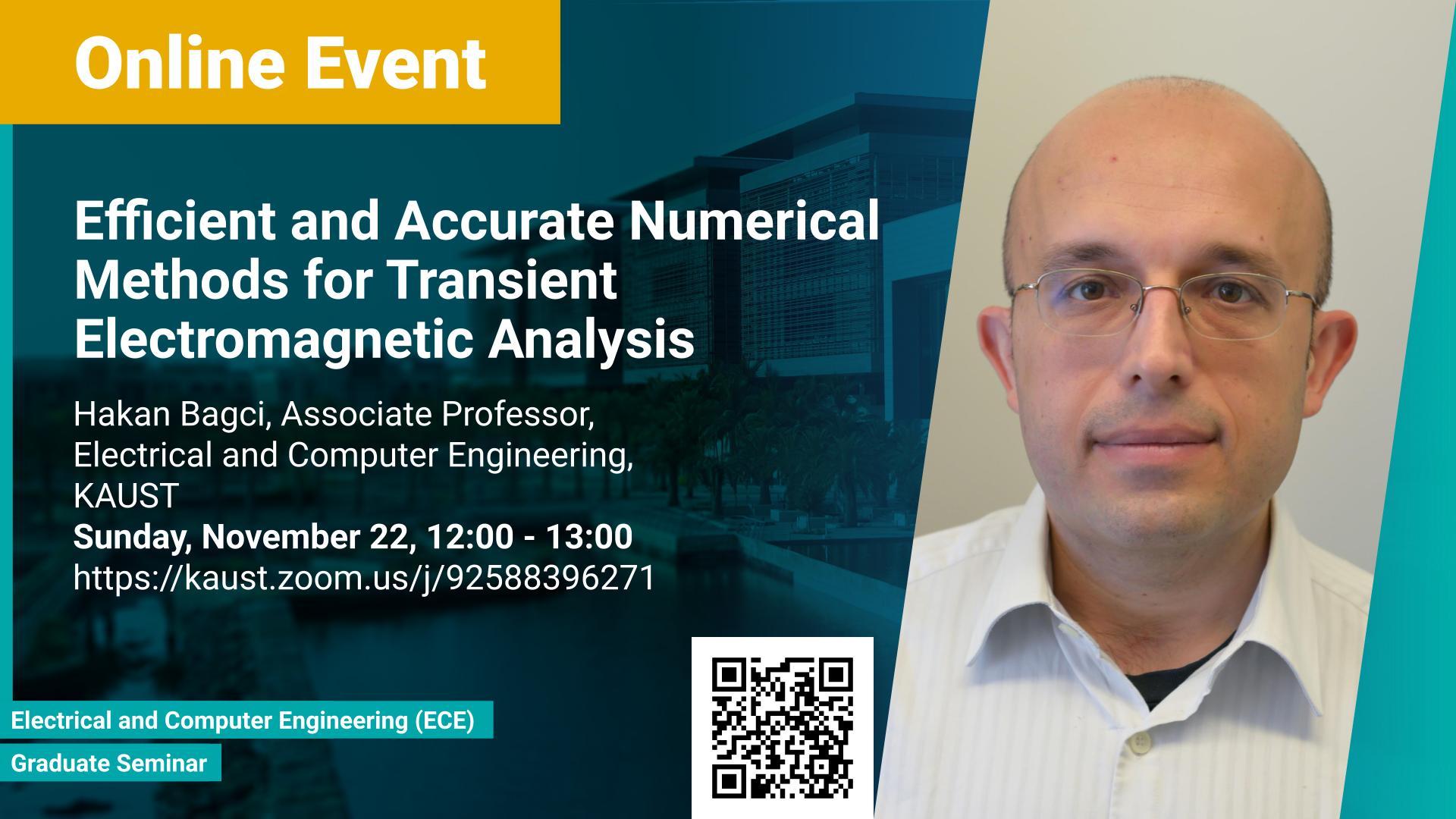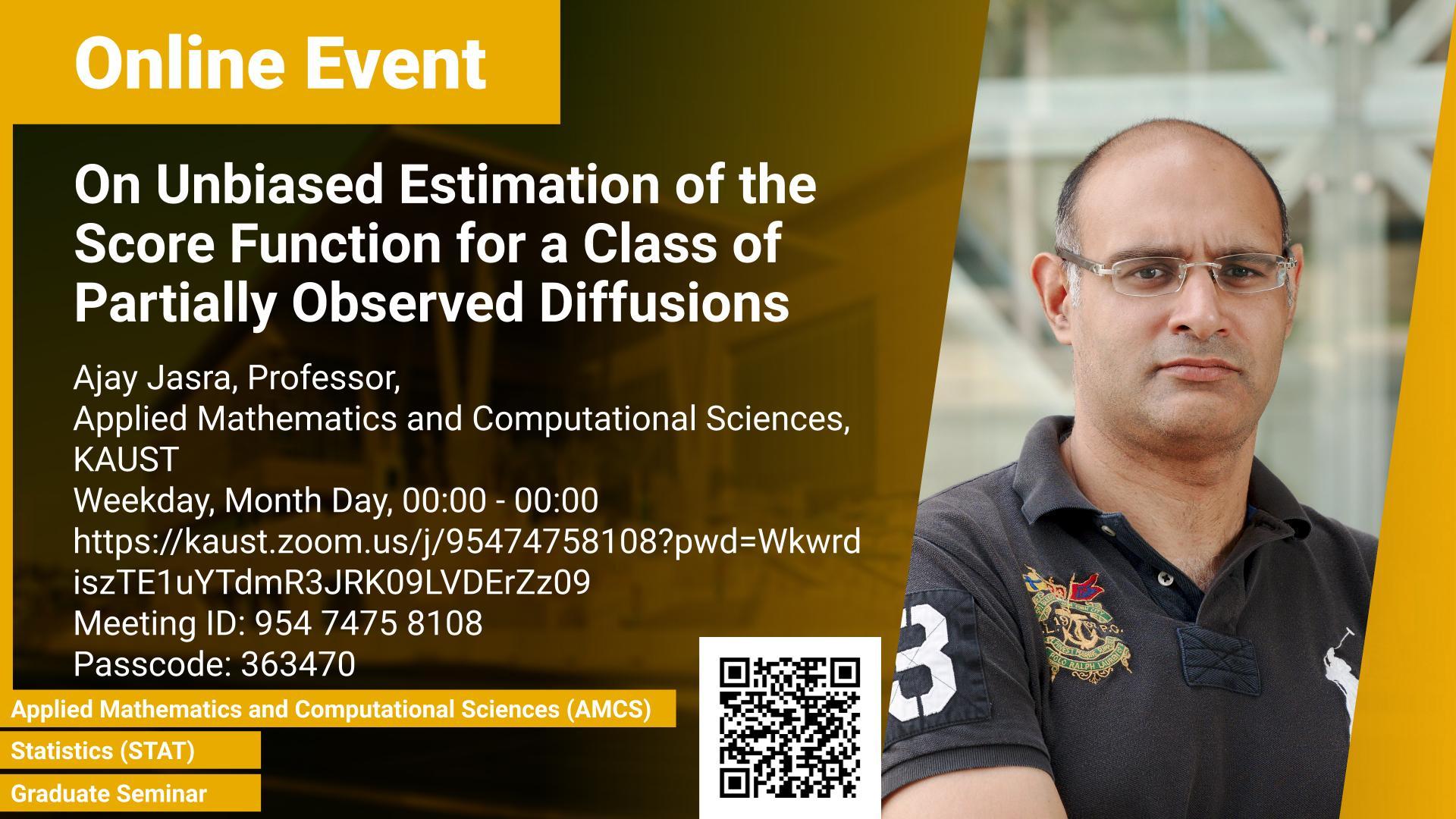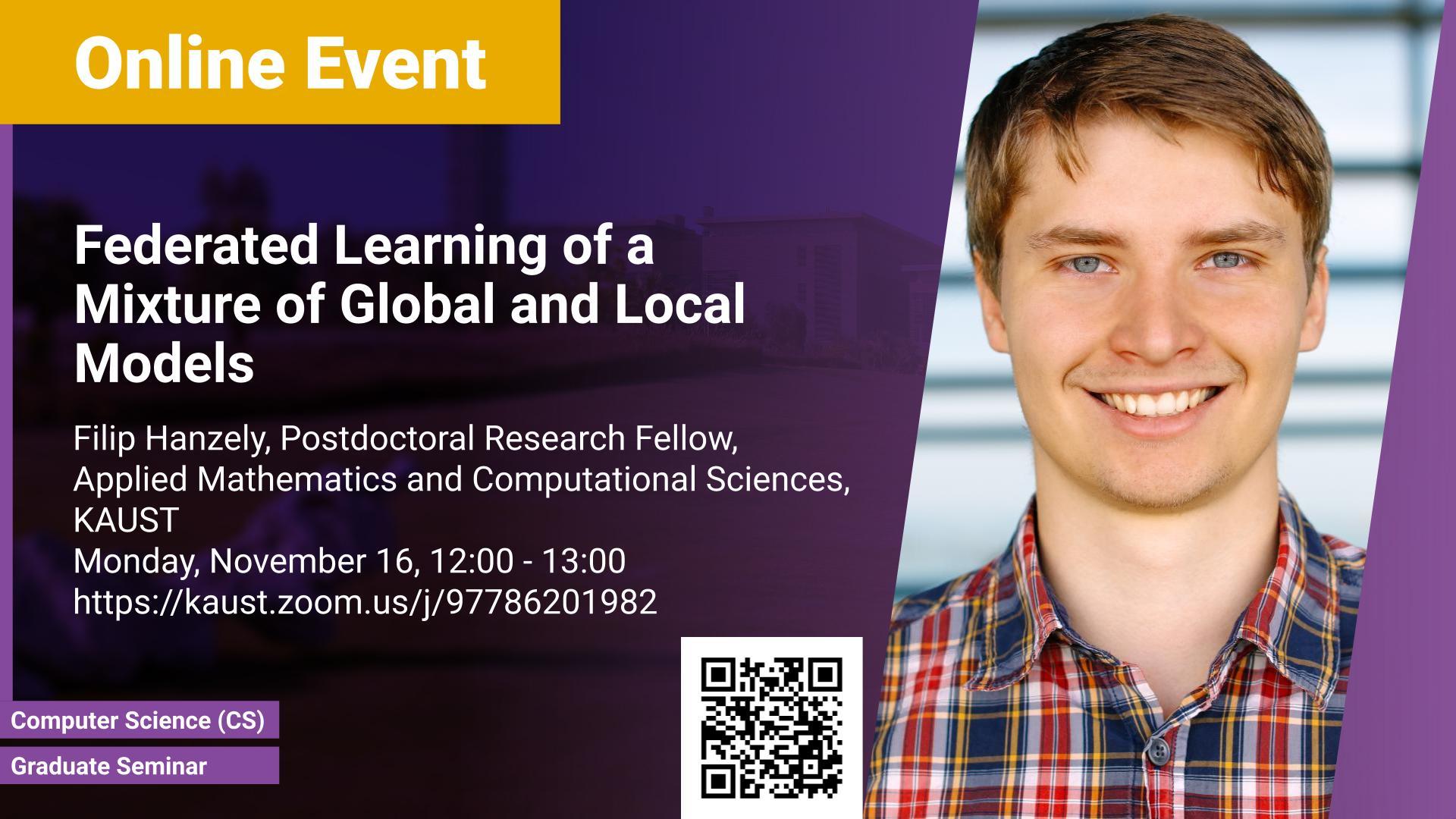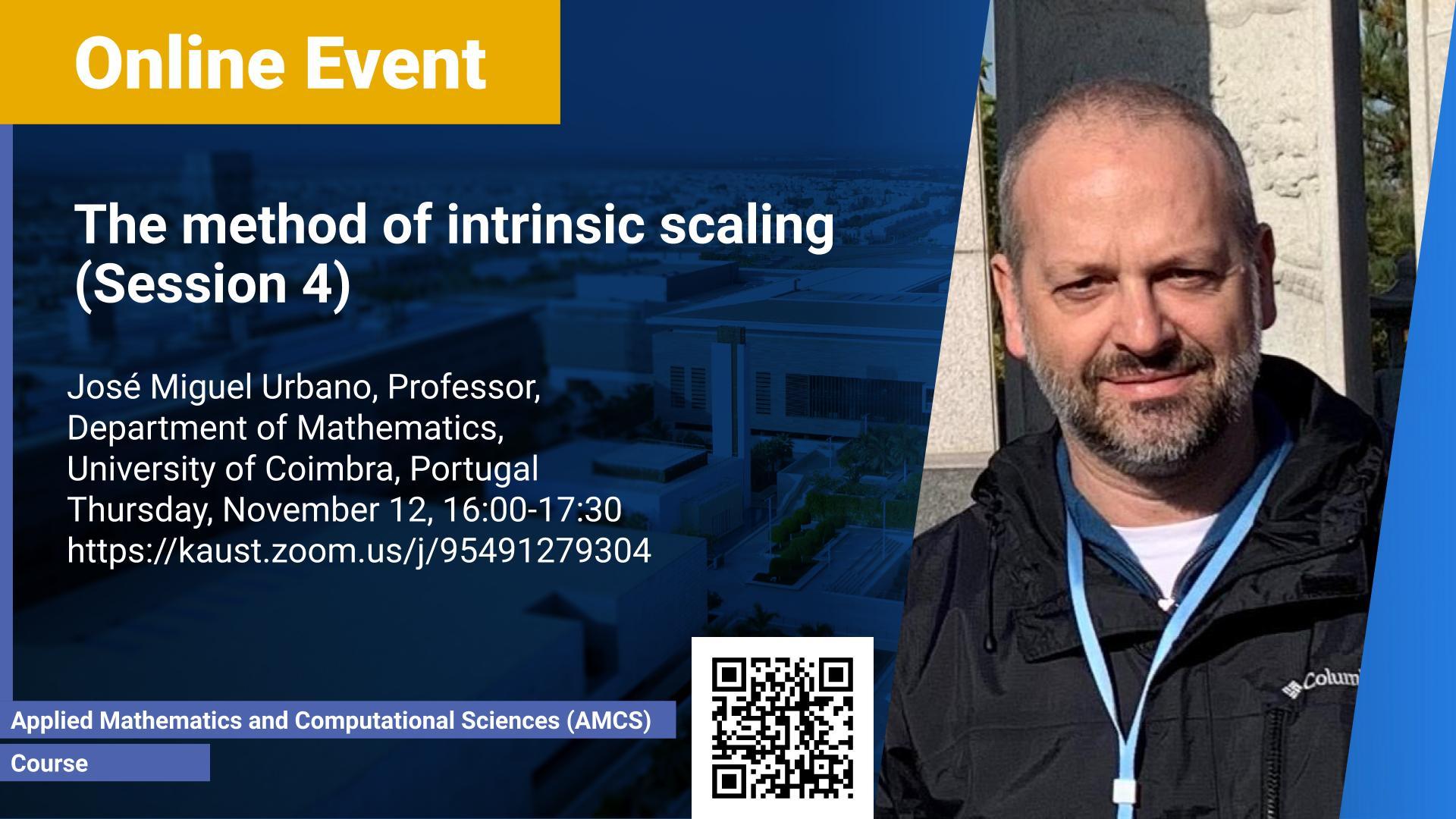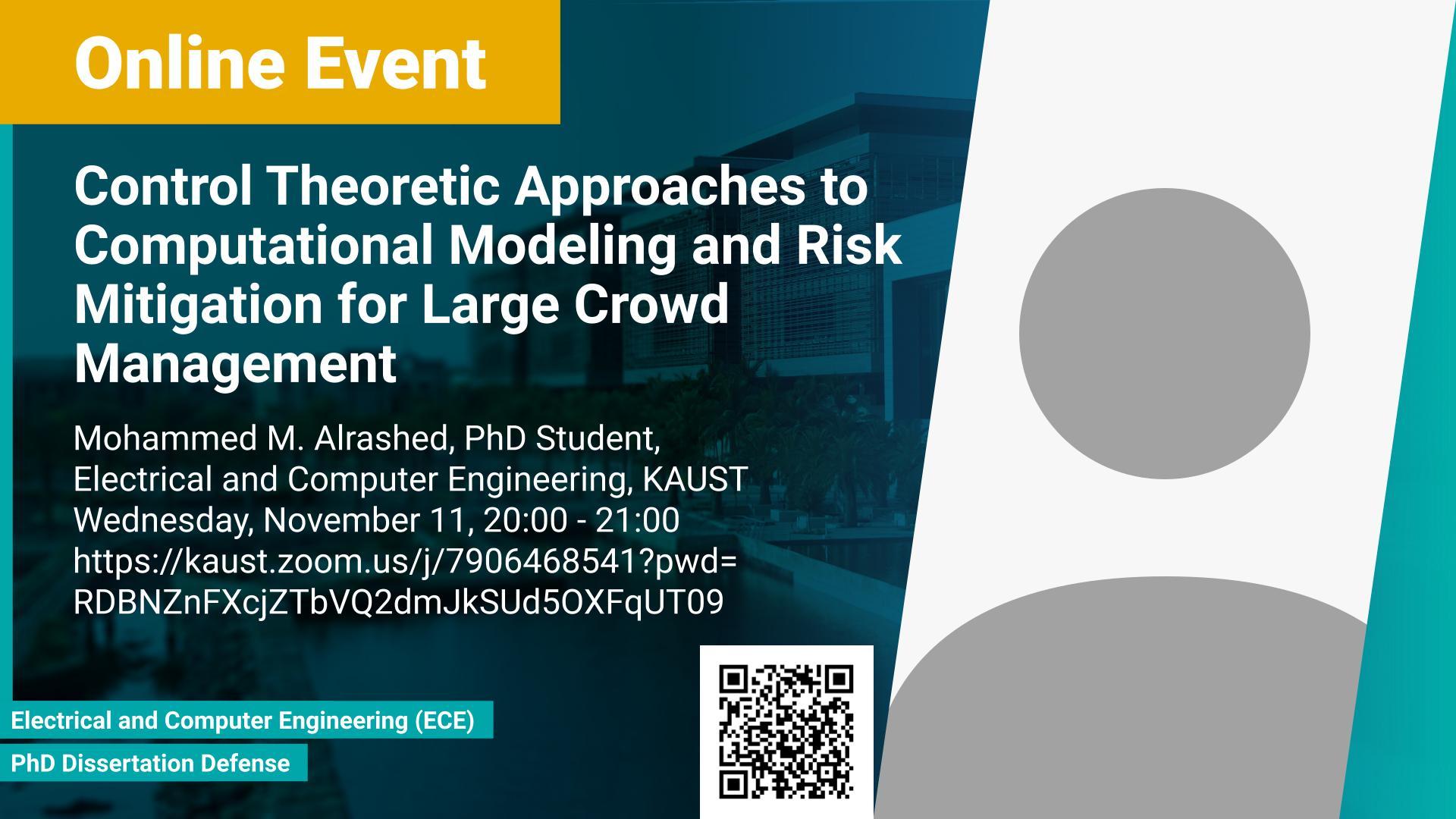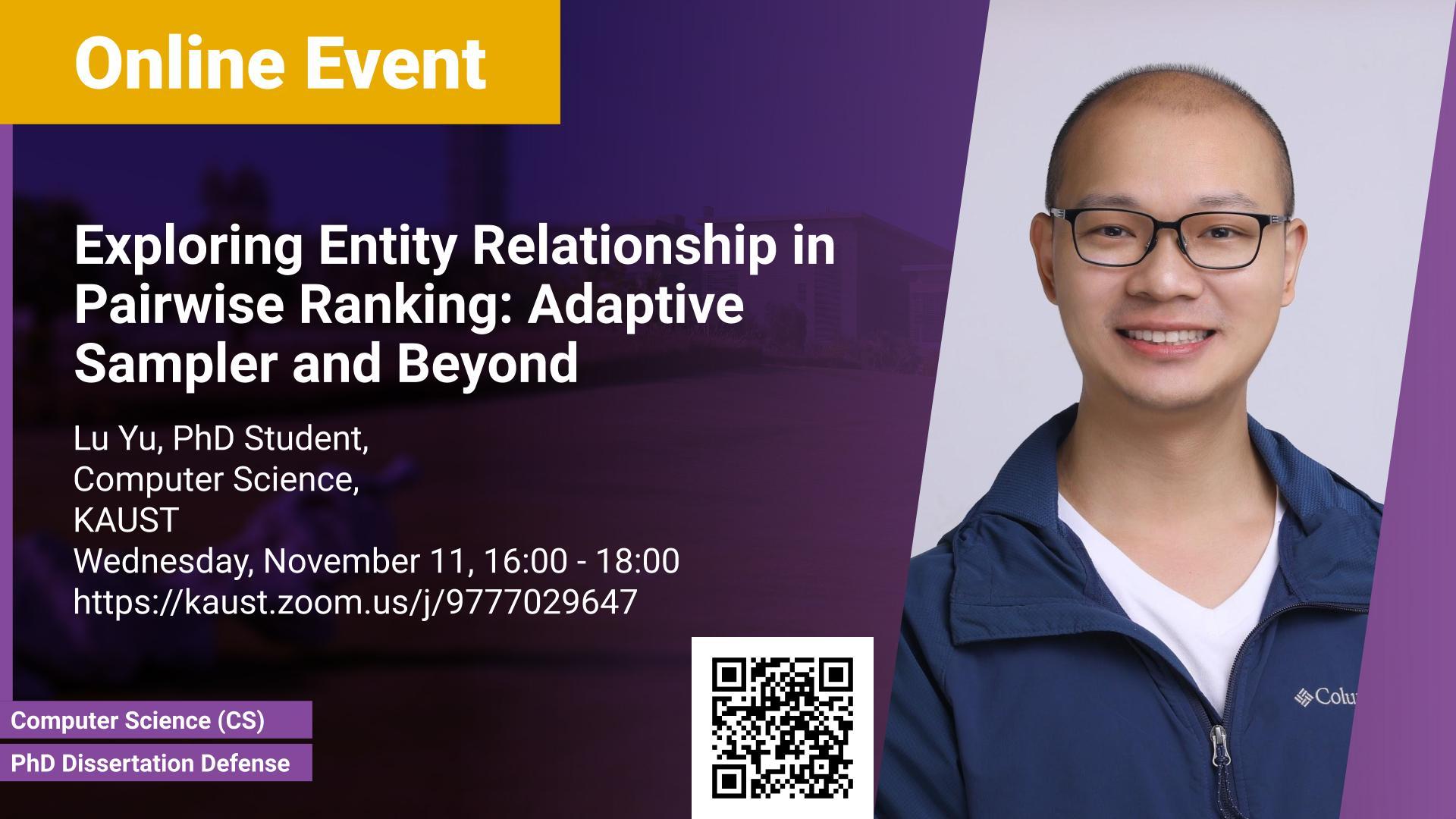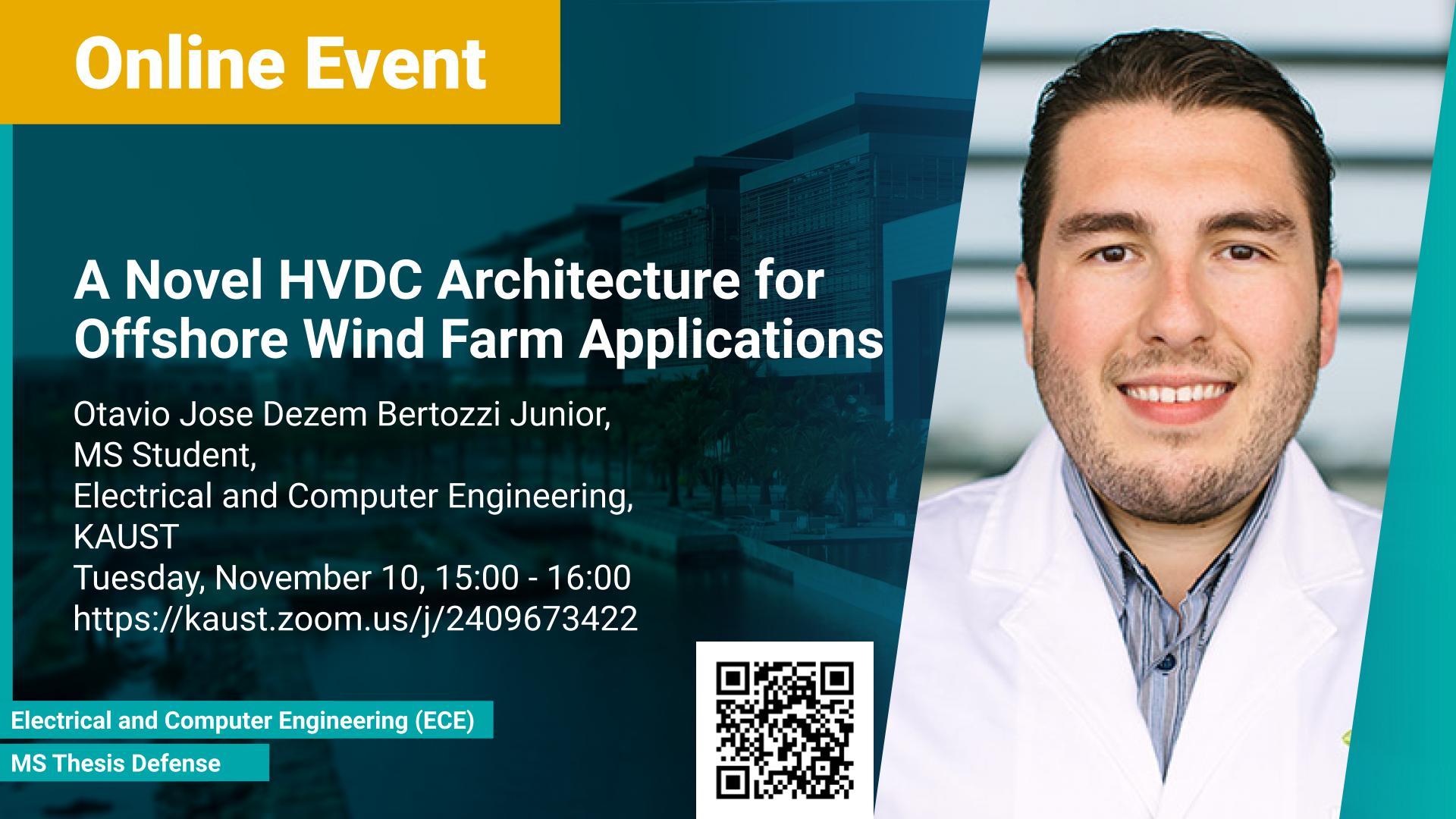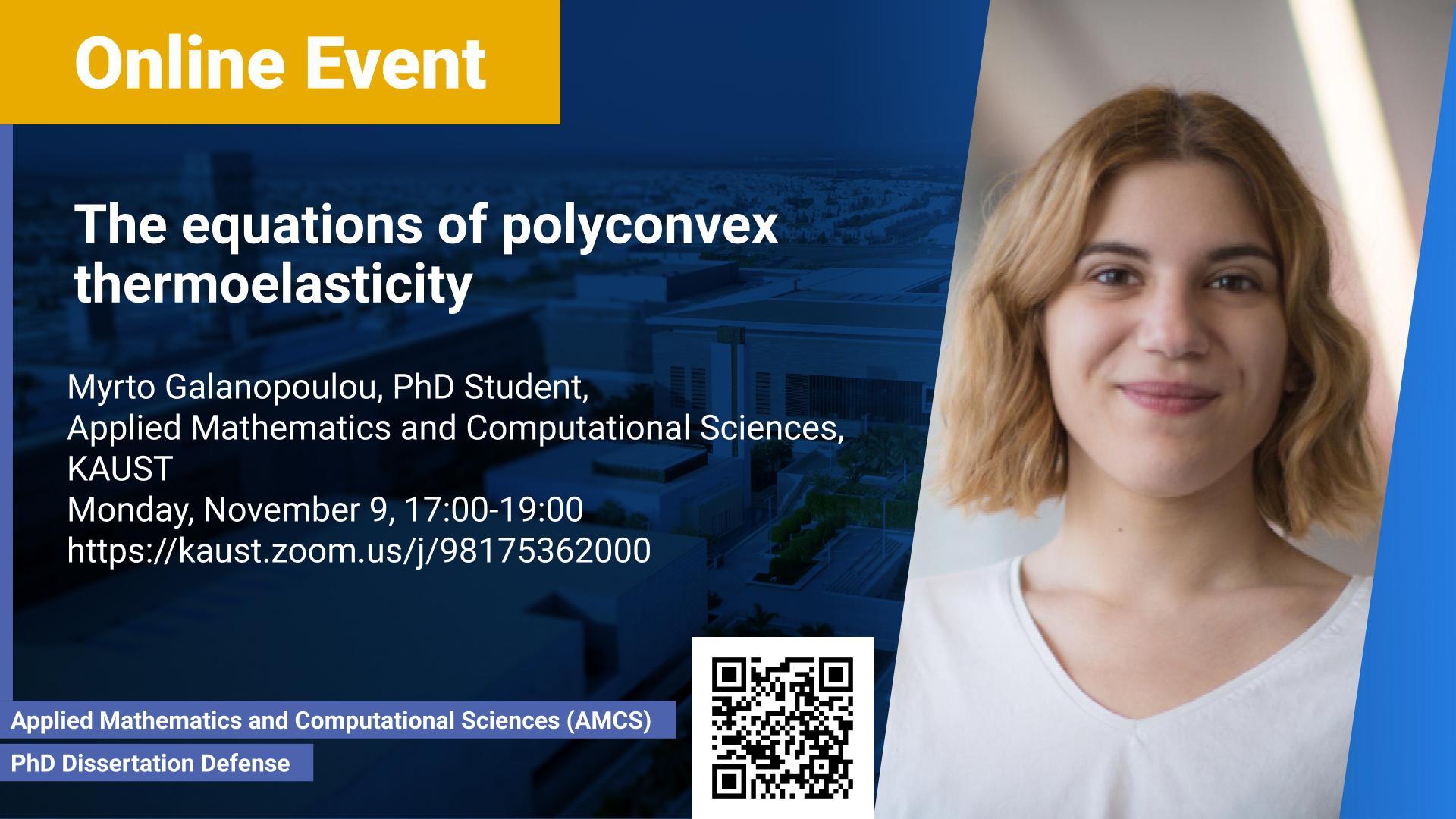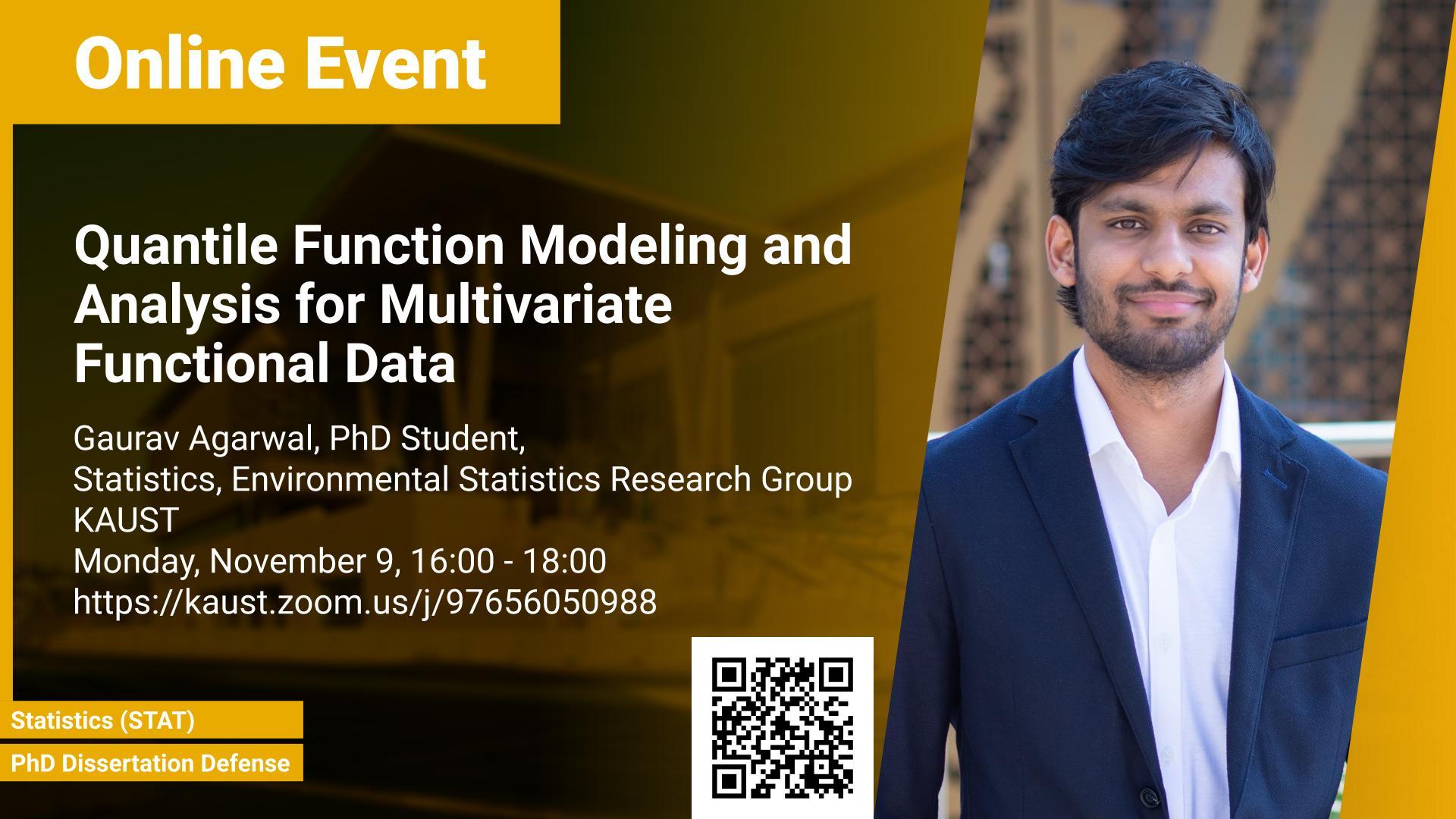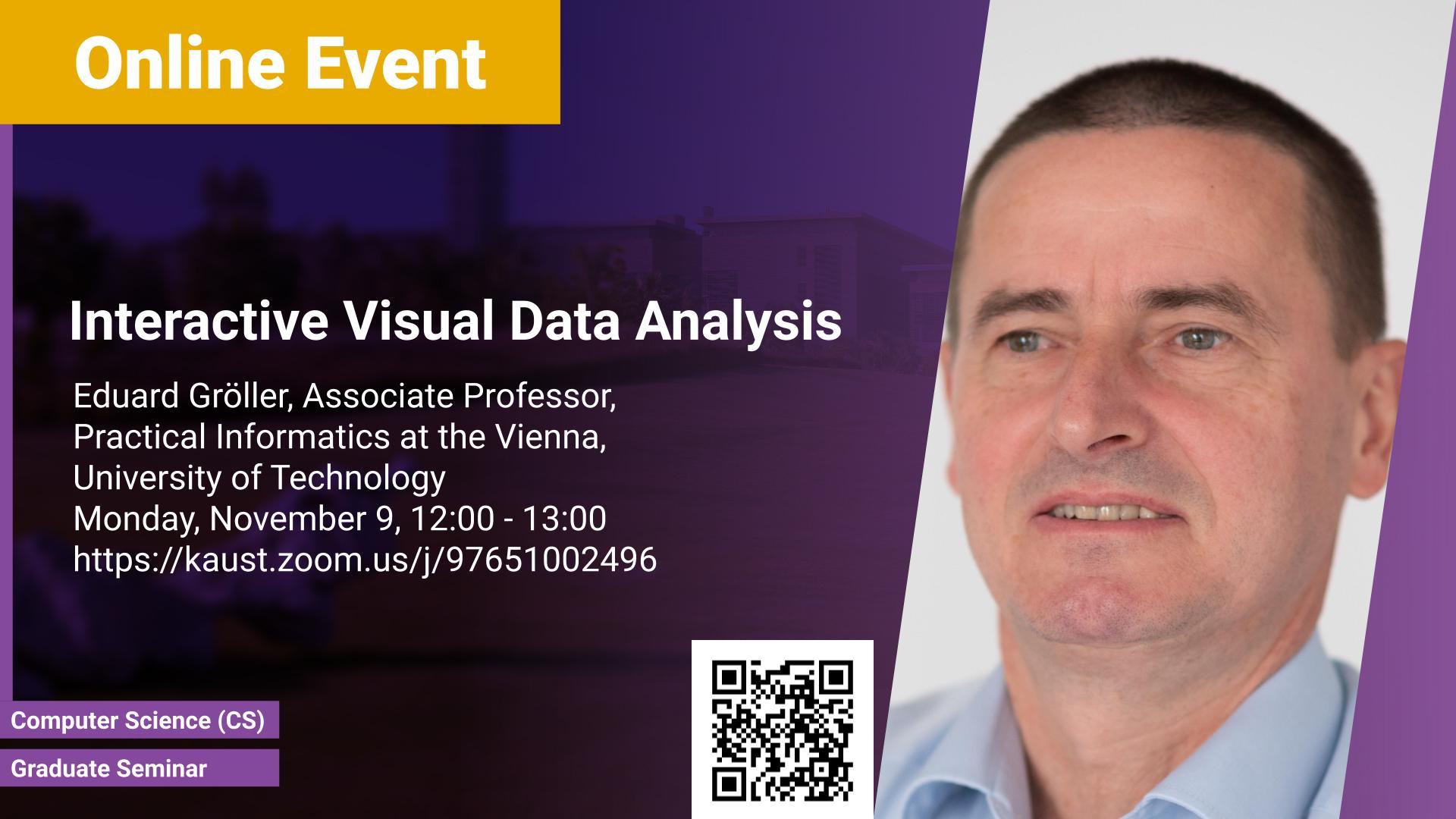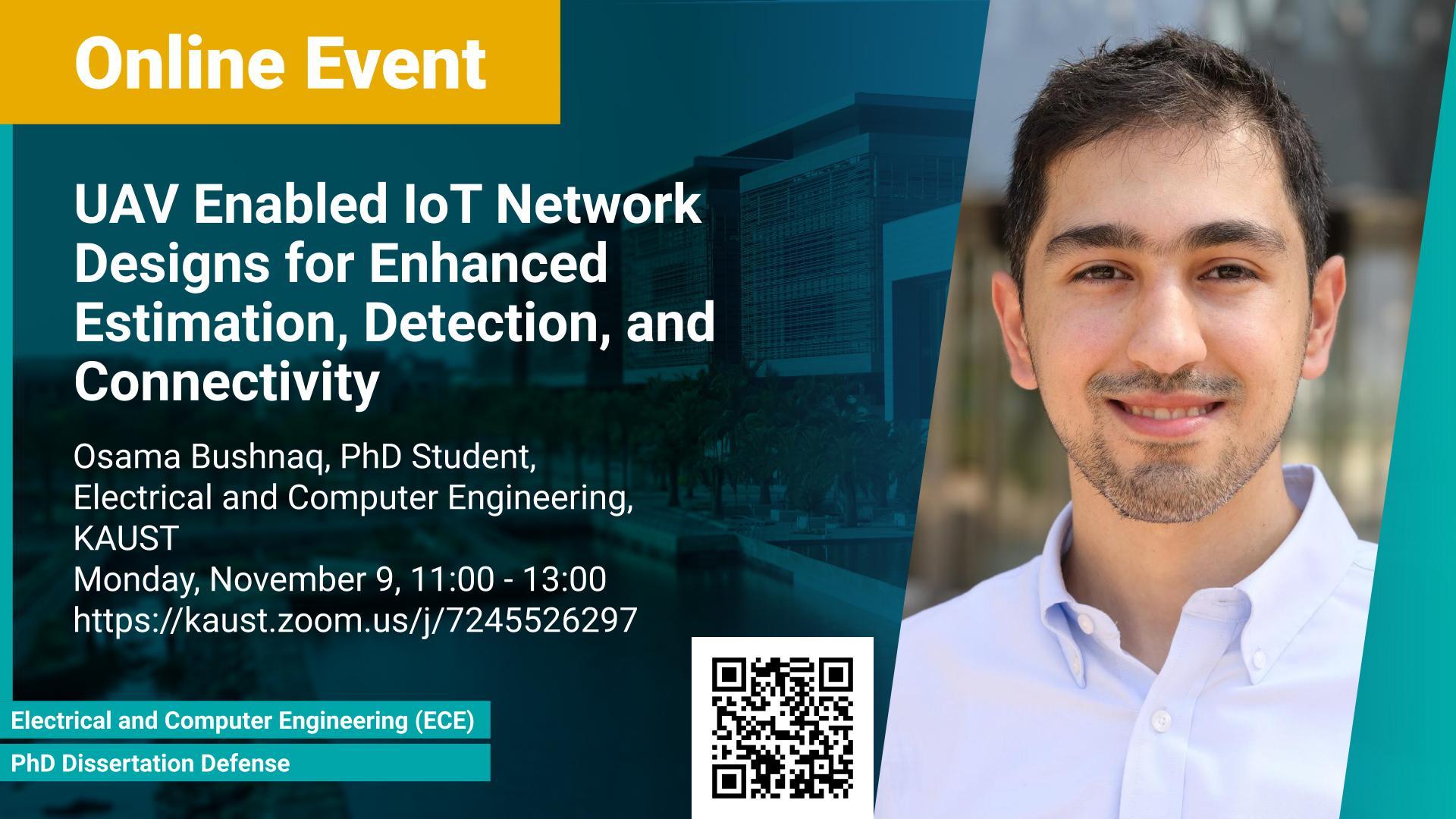José A. Carrillo, Professor, Applied Mathematics at The Queen’s College, University of Oxford, UK
Sunday, November 29, 2020, 13:00
- 15:00
KAUST
Contact Person
The main goal of this mini course is to discuss the state-of-the-art in understanding the phenomena of long time asympotitcs and phase transitions for a range of nonlinear Fokker-Planck equations with linear and nonlinear diffusion. They appear as natural macroscopic PDE descriptions of the collective behavior of particles such as Cucker-Smale models for consensus, the Keller Segel model for chemotaxis, and the Kuramoto model for synchronization. We will discuss the existence of phase transitions in a variety of these models using the natural free energy of the system and their interpretation as natural gradient flow structure with respect to the Wasserstein distance in probability measures. We will discuss both theoretical aspects as well as numerical schemes and simulations keeping those properties at the discrete level.
